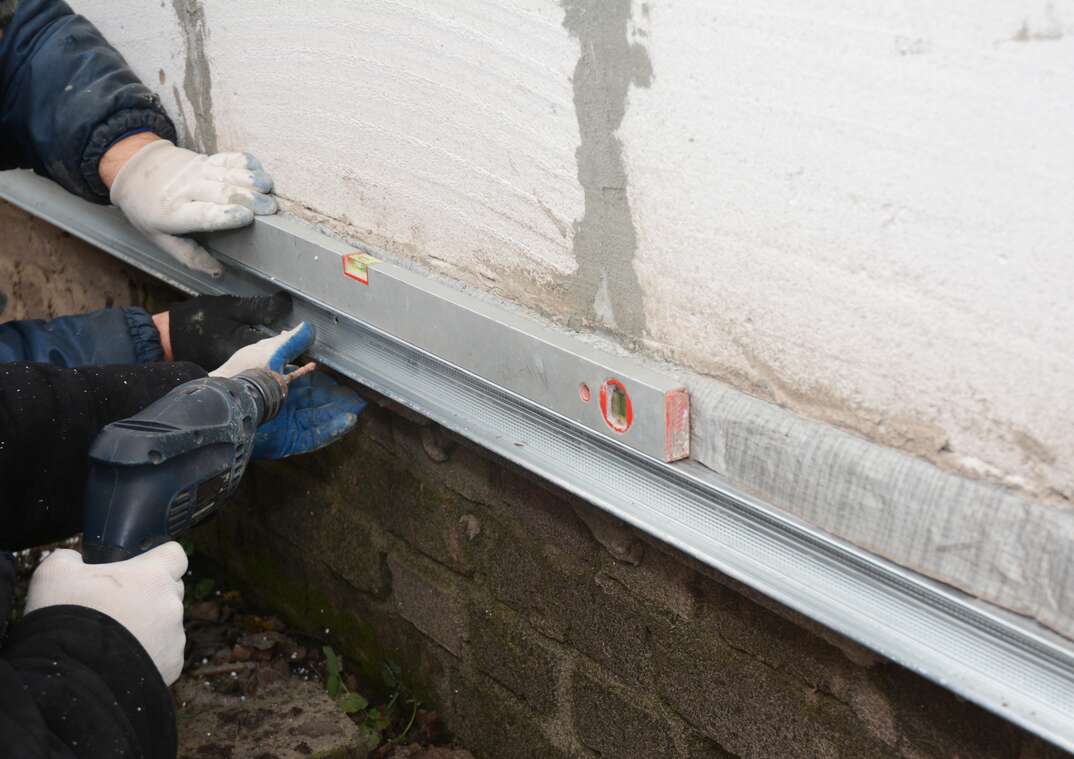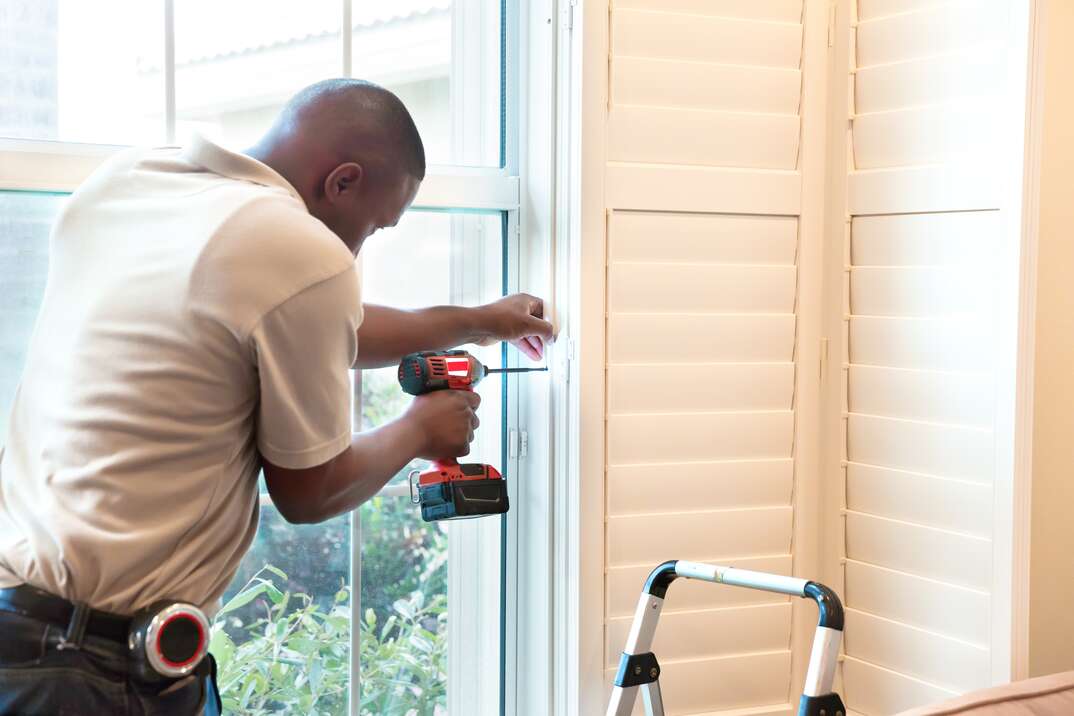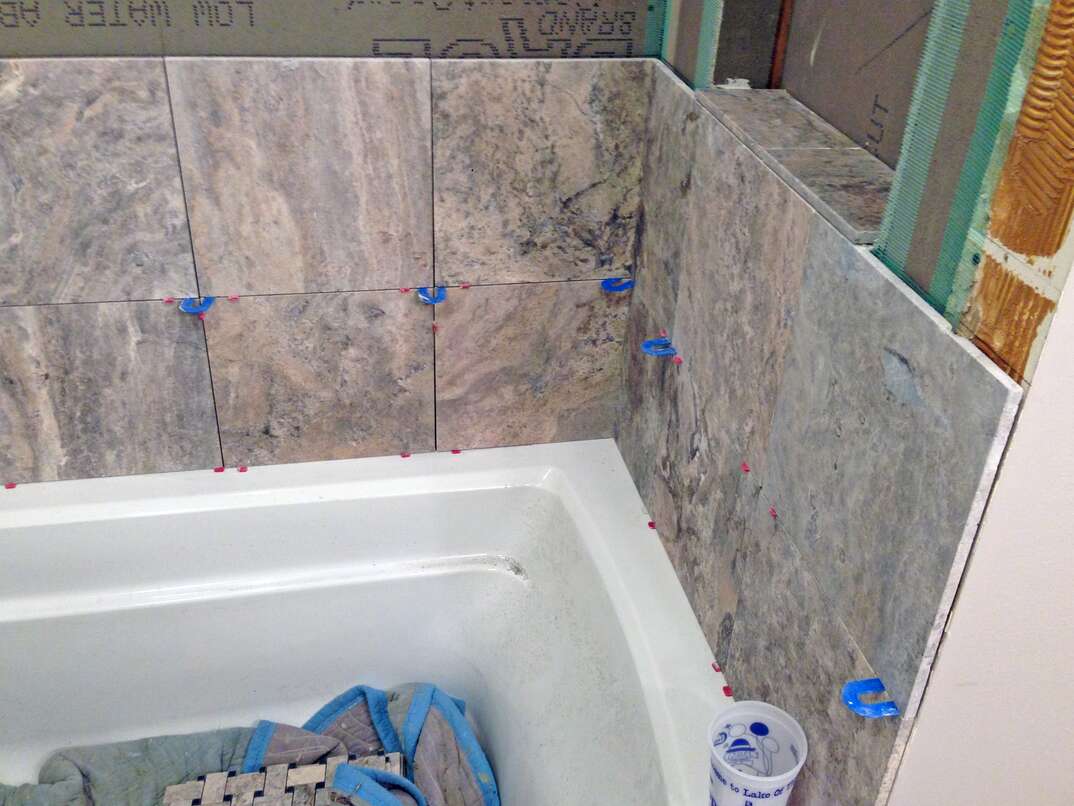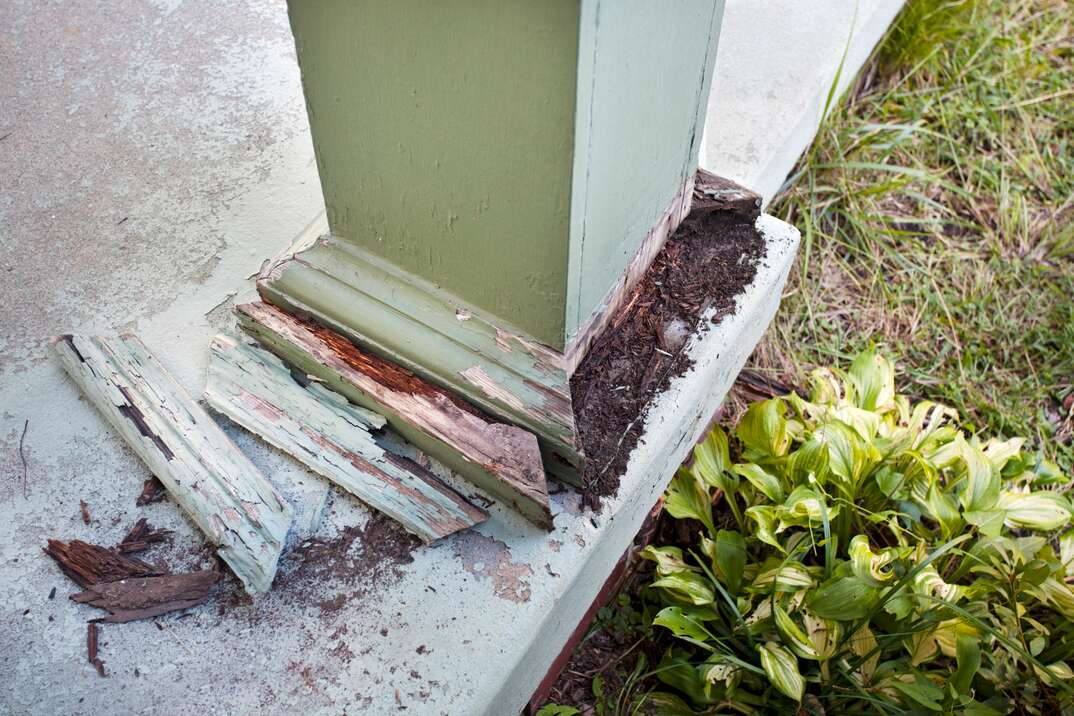How Much Does It Cost to Waterproof a Basement?

Basement Waterproofing Costs at a Glance
- Average cost: $3-$10 per square foot
- Average total cost to seal basement: $500-$1,000
- Average cost to fill cracks: $250-$800
- Major foundation repair: $2,000-$10,000
- Downspout replacement: $3-$40 per linear foot
Basement waterproofing is a necessary practice that can help protect your home from storms, melting snow and rainwater. While waterproofing your basement can be expensive, the costs associated with refinishing your basement and replacing damaged items in the event of a flood are usually much higher.
This May Also Interest You: What to Do When Your Basement Floods
Wondering what waterproofing will do to your wallet? Here’s a cost breakdown.
How Much Does Waterproofing Cost?
The cost of waterproofing a basement varies based on a number of factors — the primary one being the square footage of your home. On average, homeowners can expect to pay $3 to $10 per square foot for basement waterproofing costs, plus labor costs.
According to HGTV, it costs between $500 and $1,000 to seal a basement. Filling a foundation crack costs $250 to $800. In larger homes or cases where there is more severe damage, expect to pay between $2,000 and $10,000. If drainage is the root of the problem, replacing downspouts and gutters can cost $3 to $40 per linear foot.
Is Waterproofing a Basement Worth It?
With such a high price tag, many homeowners will find themselves wondering if the basement waterproofing cost is really worth it. According to the New York Times, around 60% of homes in the United States have moisture problems. If left untreated, minor issues can lead to water damage, mold and even structural problems in your house. The long-term damage caused by unchecked foundation leaks or dampness in the basement can actually devalue your home, costing you more money down the line.
Is Basement Waterproofing Covered by Insurance?
If you've been battling with wet basement walls for some time, you should call in a contractor for an inspection or an estimate of the basement waterproofing cost. But if you're hoping the next step is to call insurance and get coverage for the waterproofing system, you'll be in for some disappointment.
Waterproofing your basement is not typically covered by home insurance policies. Your insurance is designed to help in the case of unexpected, sudden damage. It doesn't usually cover preventative measures designed to reduce the risk of those events happening. Unfortunately, those costs fall on the homeowner.
Can You Seal a Basement From the Inside?
If you want to seal your basement from the inside, you can opt for interior basement waterproofing. This is the most effective option if you frequently deal with wet basement walls and want to spend as little money as possible. Exterior waterproofing is more comprehensive and therefore costlier.
Interior waterproofing involves laying basement drain tile to create an effective basement drainage system. This drainage tile will be installed in the lowest point of your basement to siphon water away from the foundation, reducing excess moisture in your home. Interior waterproofing doesn't prevent the water from entering the foundation wall; it just minimizes the damage.
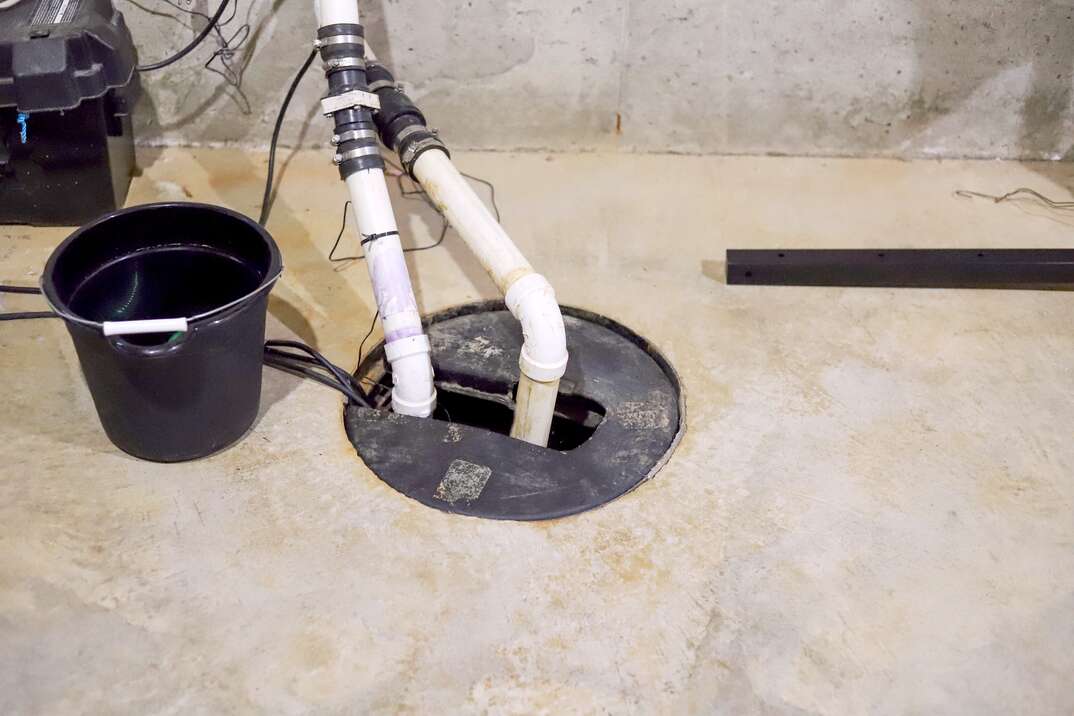
Another simple fix for water in the basement is installing a sump pump. A sump pump sends water away from your home to a storm drain or something similar so that it can't do any damage to the house. These pumps are usually connected to your home's electrical system with a battery backup and will kick on when there's an influx of water.
More Related Articles:
- Sump Pumps: Everything You Need to Know
- How to Prevent Water Damage With Proper Home Drainage
- Out With the Mold and in With the New: How to Clean Mold
- How Much Does a French Drain Cost?
- How to Fix Common Plumbing Leaks
What Are the Best Basement Waterproofing Products?
What is the best sealant for basement walls? How do you fix a foundation crack? Many people may not know where to begin when it comes to waterproofing the basement.
There are several approaches to sealing your basement:
- Exterior waterproofing
- Adding interior drainage
- Applying sealants
That last one is something you can do yourself. The first thing you’ll want to do — before you purchase any sealing products — is to remove any paint from the cinderblock or cement walls in your basement. Sealant only adheres to the bare masonry wall. Applying sealants typically acts as a temporary solution, but it can be helpful if a full drainage system or foundation repair is currently out of your price range.

Here are five products that you can use to seal your basement walls:
- LITHI-TEK 9500 Concrete Sealer
- Xfasten Fiberglass Waterproofing Fabric Tape
- KILZ L390201 Interior/Exterior Liquid Masonry Sealer
- RadonSEAL Concrete Foundation Crack Repair Kit
- Liquid Rubber Foundation Paint and Basement Sealant
There are several exterior projects that can help keep water out of your basement. You can create a perimeter drain to siphon rain and groundwater away from the foundation. Or, try landscaping your yard so that the grade of the ground encourages the water to drain away from the house. Full basement drainage systems can also be useful investments for keeping your basement dry.
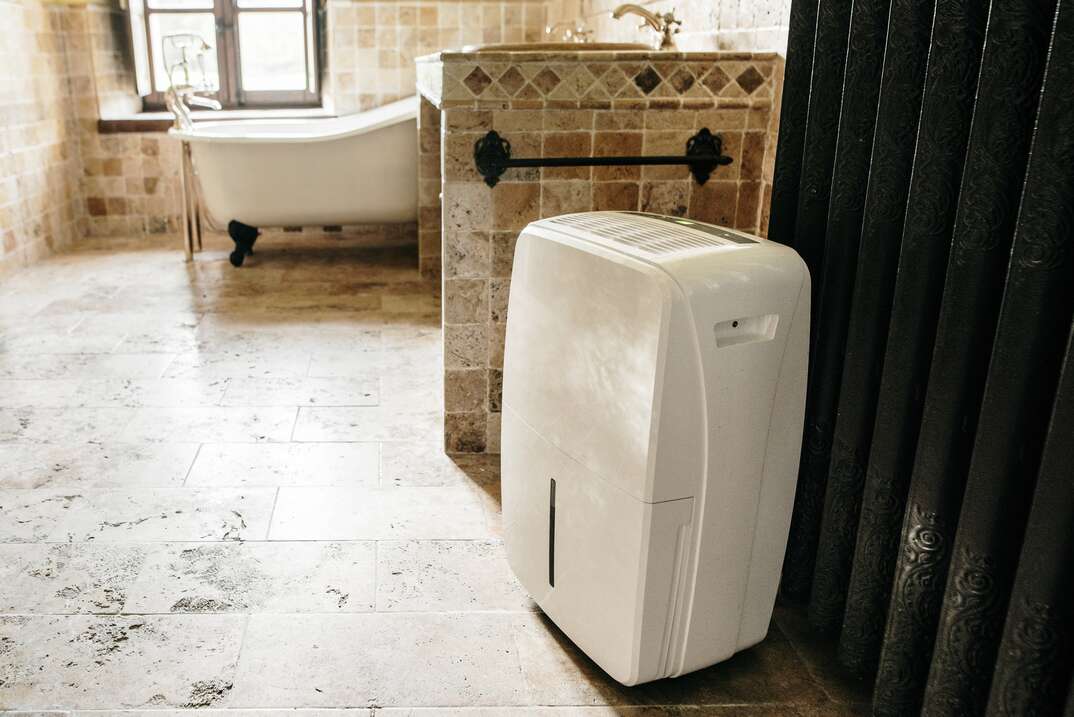
If moisture problems in your basement occur because of condensation and humidity, you can put a dehumidifier in the basement or insulate the walls.
How to Successfully Waterproof Your Basement
If it's your first time waterproofing a basement, there are a few key tips to remember that will save you headaches down the line.
Remember not to:
- Perform waterproofing measures if there is standing water already in the basement
- Put sealant over the top of paint
- Ignore leaks from windows wells
Instead, focus on:
- Removing bushes and flowers by your foundation wall if watering them is perpetuating leaks
- Using a high-quality waterproof sealant on interior walls
- Filling existing cracks in the foundation walls with cement for leak prevention
Since we’re all home now more than ever, being prepared for unexpected home repairs with a plan from HomeServe is important. Having a plan in place gives you peace of mind knowing that you can simply call our 24/7 repair hotline for covered breakdowns. See what plans are available in your neighborhood.
